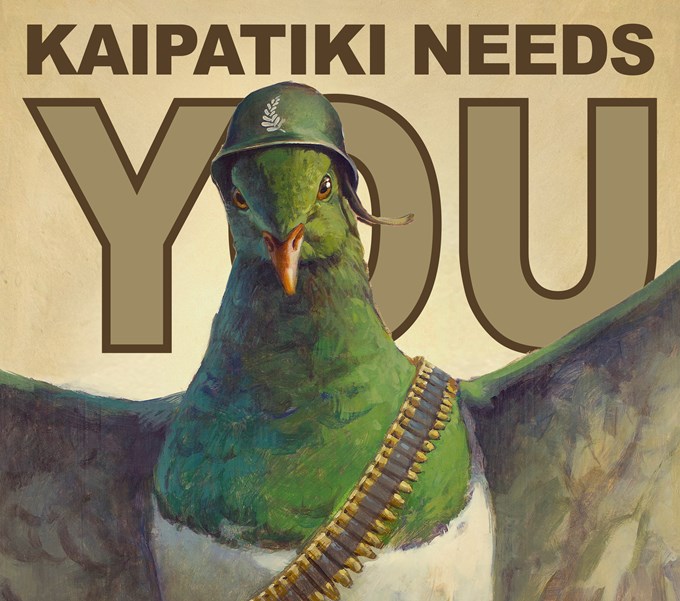
Pest Free Kaipātiki is stepping up the war on weeds and predators and wants your help to defend our native bush and bird species.
Last winter, pest monitoring in 34 Kaipātiki reserves revealed rats were present in all but one of them.
This month, community volunteers and neighbourhood groups with reserve-adjacent properties have started a 'Predator Blitz' to target rat populations.
Pest Free Kaipātiki is hoping to enlist more community volunteers for upcoming January and April blitzes in specific reserves targeting rats and possums. They are also offering discounted traps and bait stations to encourage more residents to join the effort around their homes and private properties.
Both rats and possums target native bird nests for their eggs and newborn hatchlings. Possums are also responsible for destroying huge amounts of native vegetation each year. It's estimated possums consume as much as 21,000 tons of vegetation per day across New Zealand.
"Having healthy native vegetation is vital as it acts as a home and primary food source for native bird species," says Kaipātiki Local Board Chair Danielle Grant.
“Your willingness to stand up and be counted in defending our native biodiversity will mean more rare birds like kākā will use the North-West Wildlink corridor and return birdsong loud and proud to our area.”
“Over summer, Pest Free Kaipātiki will be busy helping residents to identify and eradicate two nuisance plants - moth plant and wild ginger. Both are incredibly invasive and need to be rooted out,” says Grant.
Moth plant is a vine that strangles native bush and trees. It produces a sticky sap that traps insects and forms large green seed pods that burst in autumn. Moth plant seed pods must be disposed of correctly to prevent germination. One seed pod produces thousands of seeds that can then be carried by winds as far as 30km after bursting.
Wild ginger also spreads fast to overtake native bush and is a major problem in many of the area's reserves.
During spring, the moth plant flowers, making it easy to spot and eradicate. Residents are encouraged to report sightings of both plants using a new weed-mapping 'app' available on the Pest Free Kaipātiki website.
During autumn 2018, Pest Free Kaipātiki will set up special disposal bins and provide contractor support to help tackle large or hard-to-access infestation locations.
To learn more about volunteering, predator control and identifying and eradicating pest plants, visit pestfreekaipatiki.org.nz.
Pest Free Kaipātiki is made up of passionate local restoration volunteer communities united by the goal of making Kaipātiki pest-free by 2026.
Kaipātiki Local Board is a proud supporter, funder and partner to Pest Free Kaipātiki.

